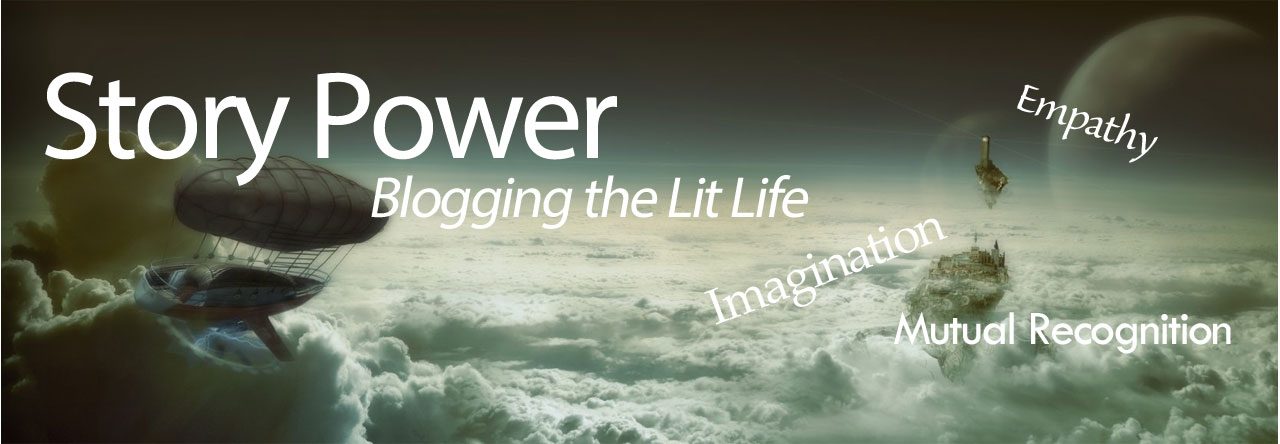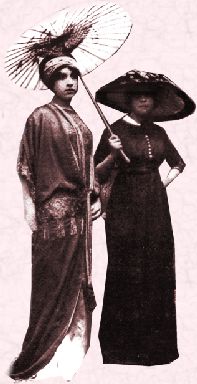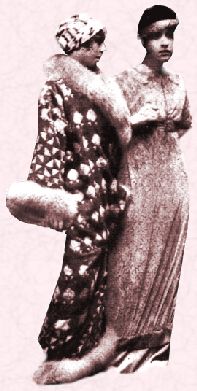On the surface level, Big Trouble in Little China (1986) is just another American martial arts movie. It stars a white protagonist who enters a mysterious oriental world, and is chalk full of Fu Manchu caricatures and other stereotypes evoking the East-Asian mysticism trope that plagues Hollywood. However, what sets Big Trouble apart – and elevates it to the status of cult classic – is the unique way its protagonist operates in the story.
The film’s IMDb summary would have you believe that Big Trouble stars Kurt Russel as the lead and a Chinese-American actor named Dennis Dunn as his sidekick. Upon watching the movie, you’ll find that it’s the other way around. While Russel’s Jack Burton may begin the film as the focal character, it quickly becomes clear that he isn’t meant to be the typical white savior character who inexplicably masters the ancient ways of a foreign culture immediately upon entering it. No, Burton is a buffoon who bumbles his way through the movie and [mild spoilers] even spends most of the climax unconscious after accidentally dropping a rock on his own head. Meanwhile, Dunn’s Wang Chi and the other Asian-American members of the cast take on the threat they, as residents of “Little China” (a fictionalized version of San Francisco’s Chinatown), are actually equipped to handle. So instead of being a story about a white man saving a foreign culture, it’s a story about people saving their own culture.
All that being said, the movie does use an excessive amount of oriental tropes. While you could argue that it does so in a tongue in cheek manner, it’s still perpetuating harmful stereotypes. Whether the positive elements outweigh those negatives is up to the viewer. Personally (and obviously I am in no way an authority when it comes to Asian-American representation), I find Big Trouble to be a refreshing subversion of the white savior narrative, and altogether a pretty fun movie.




